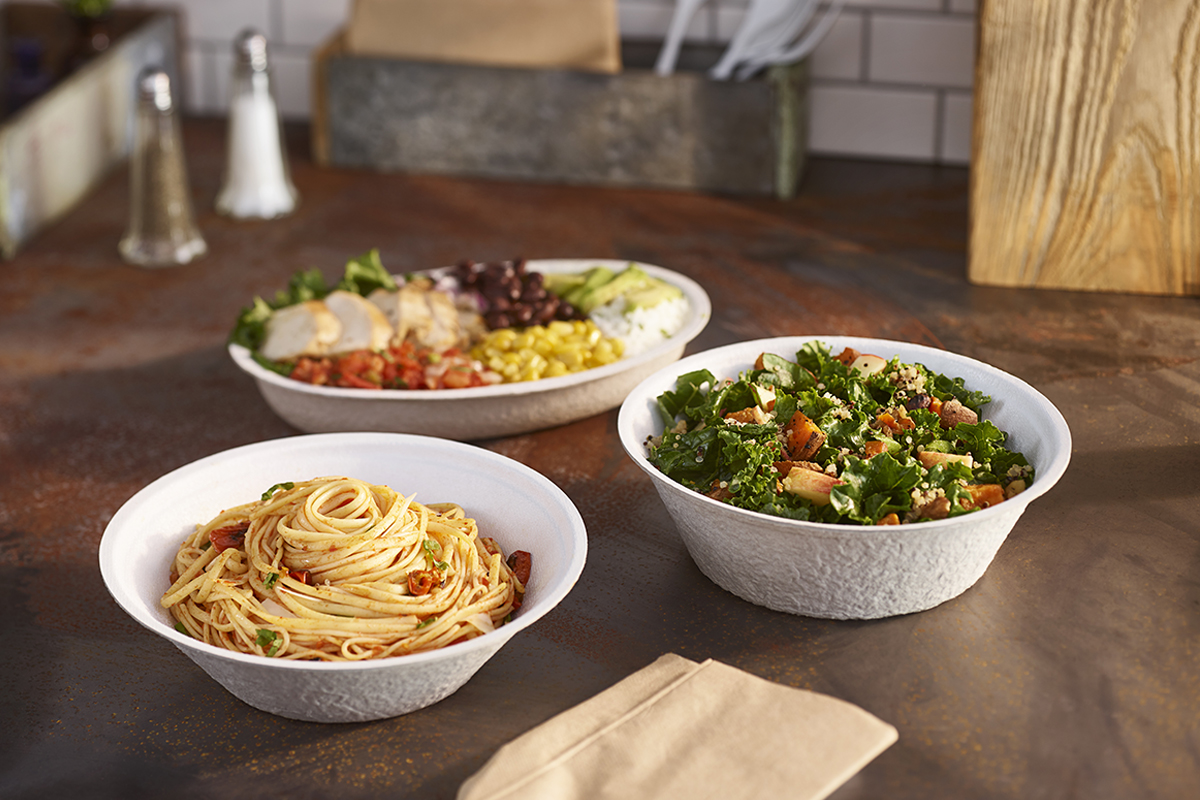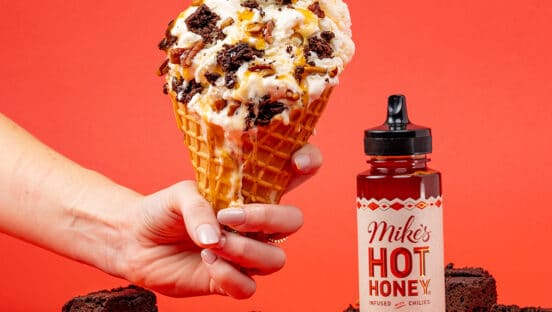Sponsored by Huhtamaki.
Today, competition in the foodservice industry is stiff, and restaurants must comply with a growing list of demands from consumers to keep up. However, two of the biggest trends—customization and delivery—also create new operational challenges for restaurants. Not only does customization mean that restaurants must provide more types of food, but this also creates new problems for packaging. Brands must find the right packaging to ensure that food not only looks great regardless of what customers end up ordering, but that also maintains food quality.
As important as packaging is inside the restaurant, however, it becomes even more critical for food consumed off premise because the number of touch points between a brand and its consumers are shrinking. “Historically, brands still got to interact with the consumer, even with a takeout order,” says Alexis Guetzlaff, product manager at Huhtamaki Inc. “The consumer would visit their website, call the restaurant, or drive up to the drive thru. Now, the consumer could have zero interaction with the brand until their food is handed to them at their door. The brand essentially loses control of the meal, but will ultimately be held responsible for how it arrives.”
With so few chances for brands to impress customers, it’s vital for packaging to ensure that warm food arrives warm, cold food arrives cold, and both wet and dry foods arrive at their destinations intact. Additionally, restaurants need to consider how the packaging will be used in the homes or offices of their consumers—will it be reheated or refrigerated? Paying attention to these concerns can make the difference in whether a consumer is happy and orders from a restaurant again or not.
Each type of packaging has its pros and cons. Folding carton items are great for branding opportunities, but might struggle with a very wet or soupy meal. A plastic container will provide great leak resistance, but has limited branding and presents challenges in microwaving. If a brand sources local sustainably grown ingredients, Guetzlaff says, the packaging should align with that mission, too. “The brand needs to consider what kind of message their packaging is sending,” she says. “If the packaging a brand is using doesn’t align with its brand, it can create confusion and distrust with the consumer.”
These two goals, however, seem at odds. Can packaging be both functional and environmentally sustainable? Huhtamaki set about designing a solution that would be hardy enough to stand up to the demands of food, while reducing the environmental impact. The solution, the company found, was molded fiber bowls. “Our new line of BRIO Molded Fiber Bowls will hold out during delivery, insulate the food to keep it at the optimal temperature, and keep sauces in place with our superior lid fit,” Guetzlaff says. “Pair that with 95 percent post-consumer recycled content and you have the best of both worlds: a sustainable option that performs.”
Bowls are a flexible option that suits the needs of customization and delivery. This allows brands to use the same packaging for virtually every product, from Italian noodles and soup to rice and burrito bowls, as well as health-friendly options, Guetzlaff says. Meanwhile, molded fiber is strong enough to carry both wet and dry foods, and tight fitting lids ensure products stay put. “Our BRIO Molded Fiber Bowls are built to hold up to the sauciest foods,” she says. “They will keep the food in place, avoiding leaking, pools of condensation, or spills. Operators can ensure that their food will arrive in the best condition possible when the meal arrives at the door.” The BRIO Molded Fiber Bowls can also be embossed with logos to keep the brand’s message in front of consumers.
Though more consumers now opt to dine off-premise, they don’t want to sacrifice menu variety or food quality. By choosing the right packaging, brands can offer customers the customization and delivery options they love, while ensuring a great brand experience, even if they have it at home.
By Peggy Carouthers













